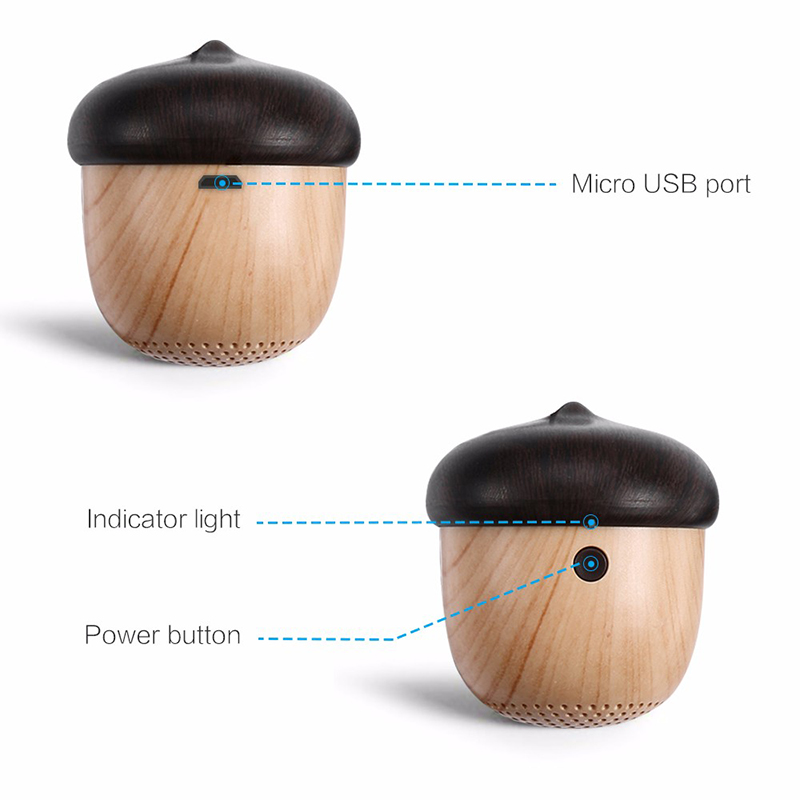Use temperature monitoring intelligent LED light safety improvement
For a conventional filament type bulb, the thermal temperature generated by the filament is properly isolated and does not conduct due to direct contact. In the case of LED lighting fixtures, the LED is the light source, and the heat generated by the LED directly contacts the LED bulb to generate heat conduction. Direct contact is due to the fact that the LED must be mounted to the driver circuit. To remove heat, the thermal temperature must be dissipated from the LED and the driver circuit through heat dissipation or thermal management. Thermal management or heat dissipation is a necessary task to keep LED lighting fixtures running for hours.
For example, replacing a luminaire on a general lamp holder with an LED lamp, such as a wall lamp or a recessed ceiling lamp, is controlled by a switch on the wall. The heat dissipation efficiency of this kind of application is not ideal, because the heat generated by most standard lamps is to dissipate the heat temperature emitted by the lamps through heat convection or airflow, and the original heat dissipation mechanism of the wall lamp or the embedded ceiling lamp is for the general bulb. Designed.
Failure to do enough thermal management may result in the need to replace faulty LED lights, or even a serious disaster in the entire building. The use of intelligent LED lighting control technology to monitor the temperature of LED lamps can greatly simplify the work of thermal management, and the lamps will reduce their power due to temperature rise, and LED lamps will be safer.
NTC monitors temperature to maintain LED light safety
The purpose of the NTC circuit is to improve the safety of the LED luminaire by monitoring the temperature of the LED luminaire and to reduce the complexity of the design. When the temperature rises, the controller will reduce the brightness and keep the LED light in a safe range. That is to say, when the temperature rises, the brightness is lowered, and when the temperature is lowered, the brightness is increased.
In order to measure the temperature change of the LED lamp, the voltage measured by the NTC can be measured, and the measured voltage has a direct relationship with the temperature of the NTC. When the temperature of the NTC and the surrounding circuit rises, the resistance of the NTC decreases. The basic method can measure the temperature through NTC. The first method is to treat the NTC as a voltage divider circuit, connect the system to a known voltage, and measure the voltage at the NTC node. When the NTC temperature increases, the resistance will drop. A drop in resistance causes a change in the voltage-to-voltage ratio, and the voltage at the NTC node also drops as the temperature rises.
The Bluetooth wireless speaker is the terminal of the entire audio system, to convert the audio energy into corresponding sound energy and radiate it into the space. Bluetooth Speakers usually consist of speaker, crossover, cabinet, sound absorbing materials and so on. Bluetooth Speaker is a device that converts audio signal into sound. In general, it means that the main body of the speaker or the subwoofer box has its own power amplifier. After the audio signal is amplified, the sound is played back by the speaker itself, making the sound louder.
Advantages:
1: Perfect support for the tablet and mobile phone. The transmission is stable. the distance is generally 10 meters.
2: Miniaturization, fashion, and versatility.
3: The sound quality is delicate and soft. The appearance is more delicate and beautiful.
The sound pressure level of the sound is not too high, and the power received is relatively small.

Bluetooth Speakers
Bluetooth Speaker,Wireless Speaker,Wireless Bluetooth Speakers,Portable Wireless Speakers
Shenzhen Linx Technology Co., Ltd. , https://www.linxheadphone.com